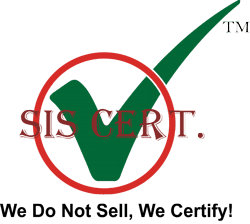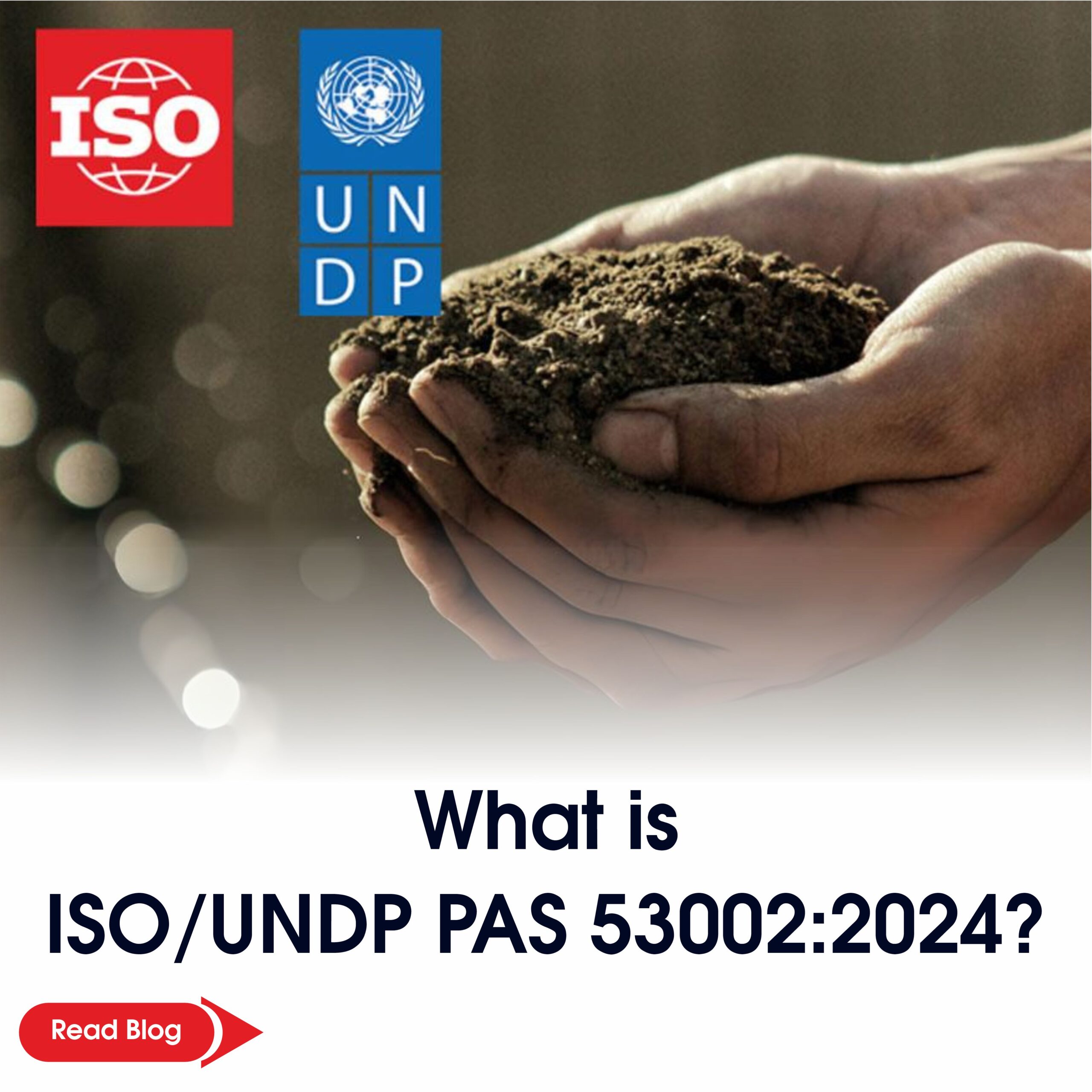What is ISO 9001:2015?
ISO 9001:2015 is a global standard that specifies the standards for an effective Quality Management System. It specifies the precise processes, procedures, and activities that businesses must develop, implement, maintain, and improve to properly manage the production of goods or the delivery of services. A certificate is issued by a third party to give clients more trust that the company has a system in place to meet their needs. When an error happens, the system can assist the company in swiftly responding to the customer and putting steps in place to ensure the issue does not occur again.
What is ISO 9001 non-conformity?
ISO 9001 non-conformance occurs when a corporation fails to adhere to ISO 9001 specifications. ISO 9001 is a standard published by the International Organization for Standards that describes the quality management system (QMS) standards that must be followed to ensure your products and services fulfil customer expectations as well as regulatory policies. Nonconformity can be an unanticipated event that has a detrimental impact on the final product quality. It can also refer to a method, service, or product that is not following the specifications.
TYPES OF NON-CONFORMITIES ⮯
- Major Non-Conformity: Major non-conformities are serious deviations from the requirements of a standard or management system. They often pose a significant risk to the organization’s objectives, compliance, or product/service quality. Major non-conformities can result in certification suspension or withdrawal in the case of ISO certification.
- Minor Non-Conformity: Minor non-conformities are less severe than major ones but still represent a deviation from the standard or management system’s requirements. While they may not pose an immediate or significant risk, they should be addressed to ensure compliance and continuous improvement.
- Observation: Observations are findings made during an audit or assessment that are not classified as non-conformities. They are typically used to report areas where the organization’s practices, processes, or documentation deviate slightly from the requirements of the relevant management system standard. The purpose of reporting observations is to bring attention to areas where improvements or adjustments could be beneficial for the organization.
- Opportunities for Improvement (OFI): These are specific areas within the organization’s processes or practices where enhancements or optimizations can be made. These areas may not necessarily be deviations from the standard’s requirements, but they represent chances to improve efficiency, effectiveness, or performance.
Six reasons for non-conformance to ISO 9001 ⮯
- A lack of commitment from management – The C-suite must be fully committed for ISO 9001 to be implemented successfully. Poor resource allocation, poor communication, and subpar QMS implementation might result from senior management’s lack of commitment to the process. Setting clear goals, actively participating in the QMS development process, and making sure that the required resources are available are all critical steps that senior management must take to show their commitment to resolving this problem.
- Insufficient Training and Awareness for Employees – Workers at every level need to understand the organization’s quality management system (QMS) as well as their respective tasks and duties, particularly those that have to do with meeting quality targets. Non-conformance can be brought about by inadequate training and ignorance. Organizations should offer thorough training programs and chances for ongoing education to keep staff members abreast of the most recent ISO 9001 standards and best practices to address this problem.
- Inadequate keeping of records and documentation – Complying with ISO 9001 requires accurate record-keeping and documentation. Inconsistencies and mistakes in the QMS’s implementation can result from inadequate documentation. Establishing a document control system that specifies the processes for generating, updating, and archiving documents will help businesses avoid this problem. To make sure their documentation is up to date and accurate, companies should also examine and update it regularly.
- Inadequate Process Monitoring and Controls – Organizations must design, develop, and maintain processes in accordance with ISO 9001 to achieve quality goals. Non-conformance may arise from insufficient process controls and monitoring. Effective process control systems should be developed and implemented by organizations, and KPIs should be used to measure and track performance. To find opportunities for improvement and make sure the QMS is running well, regular audits and management reviews should be carried out.
- Lack of Coordination and Communication – A successful ISO 9001 implementation depends on efficient coordination and communication across the many departments and activities of the company. Ineffective communication can result in miscommunication, effort duplication, and non-conformance. Organizations should foster an environment of open communication, create clear communication channels and protocols, and support cross-functional cooperation to address this problem.
- Unwillingness for Change – When implementing ISO 9001, enterprises frequently need to make considerable changes to their current systems and procedures. Opposition to change can make it more difficult to successfully implement the QMS and increase the risk of non-conformance. Organizations can solve this problem by involving workers in decision-making, explaining the advantages of the changes, and offering sufficient assistance and training to enable workers to get used to the new procedures.
Ways to address ISO 9001 non-conformities ⮯
A structured procedure that includes finding, assessing, and correcting the non-conformities, as well as taking preventative action to make sure they don’t happen again, is required to deal with ISO 9001 non-conformities. These are the general procedures:-
- Identification of Non-Conformity: Finding the non-conformity is the first step. Internal and external audits, as well as frequent monitoring and measuring of environmental performance, can help with this.
- Record the Non-Conformity: The non-conformity should be noted as soon as it is discovered. The record should contain information on the nonconformity nature, how it was discovered, who found it, and when and where it occurred.
- Evaluate the Non-Conformity: The non-conformity must next be evaluated to determine its source and consequences. This entails determining the source of the non-conformity and evaluating any potential effects to quality that resulted from it.
- Correct the Non-Conformity: The organisation should take steps to address the non-conformity after fully comprehending its origin and effects. Depending on the non-conformity’s nature, this may entail fixing machinery, changing processes, or retraining employees.
- Preventive Action: The organisation should work to avoid recurrence in addition to rectifying the non-conformity. This might entail changing procedures, upgrading employee training, or stepping up monitoring and measurement.
- Follow-Up: After corrective and preventative measures have been implemented, the organisation should check in to make sure they were successful in eliminating the nonconformity and preventing a recurrence.
- Review and Improvement: Regular reviews of the entire procedure are necessary to spot areas for development. This might entail strengthening the follow-up procedure, the efficiency of remedial and preventative measures, or the process for finding non-conformities.
- Documentation: It’s crucial to keep detailed records during this procedure. This covers the detection, assessment, and rectification of non-conformities as well as any preventative measures implemented. This paperwork can be consulted in the future and used to prove ISO 9001 compliance in audits.
Conclusion ✅
In summary, for any business aiming for excellence, the process of locating and resolving ISO 9001 non-conformities is vital. Companies can proactively detect non-compliance issues and take prompt corrective action by putting in place a strong system of internal audits and monitoring. It is impossible to overestimate the significance of continuous improvement because it fosters corporate success and growth overall in addition to ensuring adherence to ISO 9001 requirements. Employees can actively contribute to the detection and correction of non-conformities, promoting a quality culture across the entire company, with the right training and awareness. Businesses can maintain their commitment to providing high-quality goods and services.




